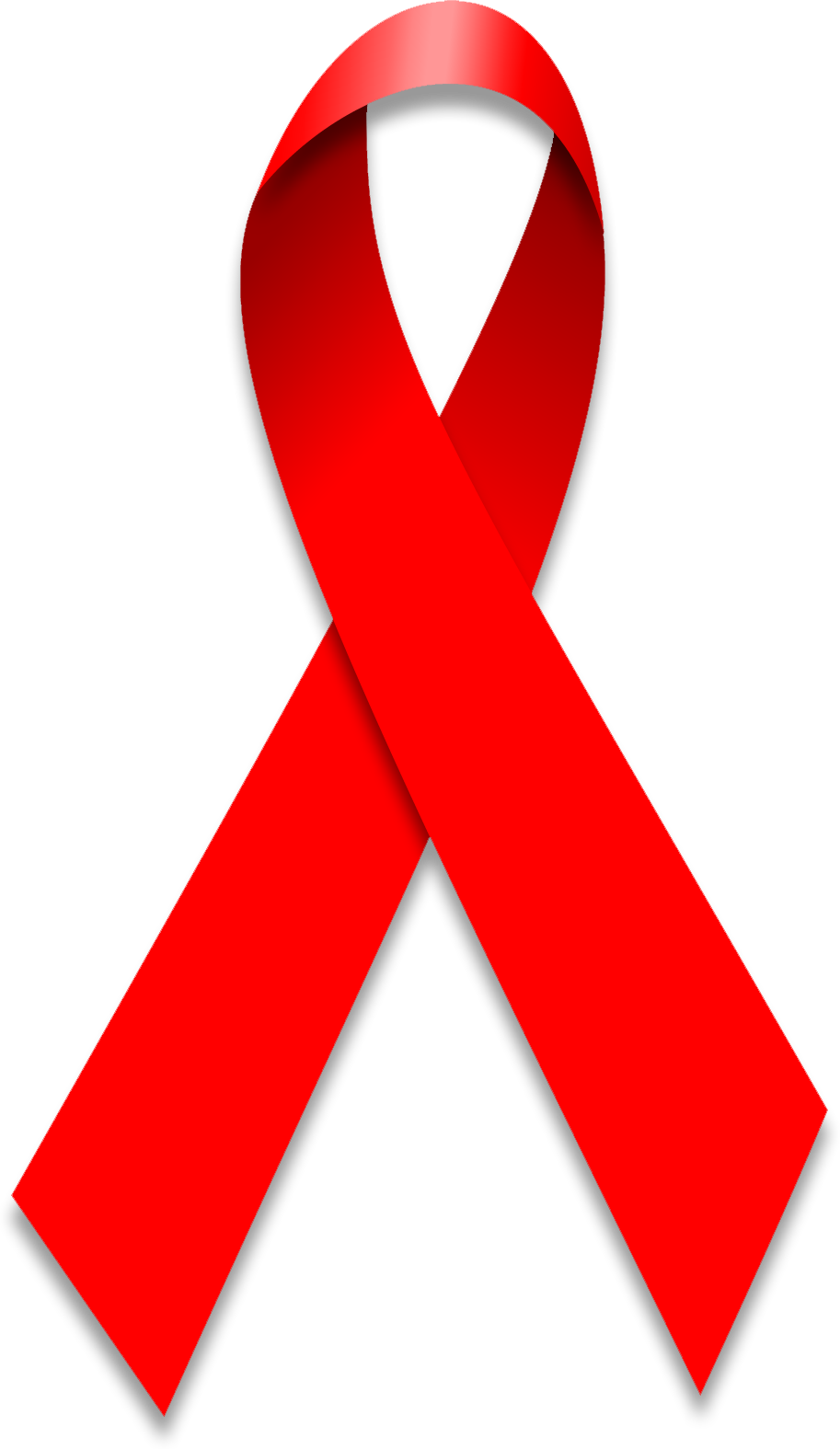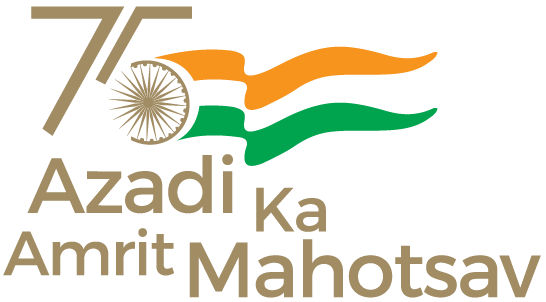What is Red Ribbon?
- A global symbol created in1991 in New York.
- Solidarity with people living with HIV and AIDS & aimed at uniting the people in the common fight against the disease.
HIV/AIDS Youth Scenario
- 10 Million youth (aged 15-24) worldwide are living with HIV.
- New Infections / day: 6,000 youths
- In India: 15-29 years aged people- 31% of the AIDS burden.
- In view of this, MOHFW, Govt. of India has proposed to establish a network with Universities and educational institutions.
- In Delhi (ICTC data): prevalence of HIV Infection in 15-25 years age group is 1.94%.
Rationale behind focusing Youth
- Sexual curiosity and risky behavior.
- Limited access to correct information.
- Formal Education Institute are generally silent on psycho-social aspects of physical growth and sexuality leading to mystification and secrecy around sex.
- The epidemic among the youth remains largely invisible.
- The youth are economically dependent and socially inexperienced and generally have less access to health care than adults.
- Youth are the potential change agents who can protect themselves from the lurking of AIDS as well as be ambassadors in the fight against HIV & AIDS in particular.
Role of the Red Ribbon Club
- Educate youth with correct, concise and adequate information and heighten their level of awareness about HIV/AIDS/STI/sexuality and other related issues (thus eliminate myths and misconceptions).
- Enable youth, especially the female students, to identify and understand situations of exploitation and abuse.
- Sensitize the youth regarding care and support needs of PLWHA and instill in them the spirit of helping and supporting the people living with HIV & AIDS (PLWHA) and reduce the stigma and discrimination against them.
- Increase youths’ access to health care services related to STI / HIV/AIDS/drug use.
- Create linkages between youth and governmental, non - governmental agencies and CBOs to access safer and responsible healthy behavior.
- Organize and facilitate voluntary blood donation camps and mobilize the youth for voluntary blood donation.
- Create among the youth a cadre of peer educators for seeking and encouraging positive health behavior as well as ensuring sustainability of the club.
Key Areas of RRC
- Vibrancy of Youth: Tap the vibrancy of Youth and channelizing the energy of the youth in a positive direction.
- Sex & Sexuality, HIV/AIDS & STI: Provide access to correct information on sexuality, HIV/AIDS, STI and other youth related issues in an enabling environment to promote healthy life styles.
- Peer Education: Develop a cadre of Peer Educators among youth.
- Voluntary Blood Donation: Promote voluntary non-remunerated blood donation.
Coverage of the Scheme
- Targets youths in group 5-29 years.
- Cover all educational institutions like Universities, Colleges, Polytechnics and institutions.
- Priority in the North, North-East, East and central Districts of Delhi.
Outcomes of the programme
- Number of youths aware of at least 3 correct modes of transmission and know at least 2 correct modes of HIV/AIDS prevention.
- Number of PLWHAs involved in the programme to reduce stigma and discrimination.
- Numbers of RRCs established.
- Number of Peer educators trained.
- Number of other youths sensitized by peer educators regarding HIV/AIDS.
- Number of units of blood collected through voluntary blood donation.
GKC-Red Ribbon Club
The Red Ribbon Club (RRC) was instituted in 2006 in cooperation with Mizoram State AIDS Control Society (MSACS), Aizawl, with a view to promoting awareness against HIV/AIDS.
Nodal Oficer: Mrs Thuamliani Renthlei

















